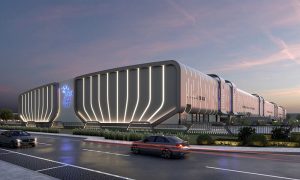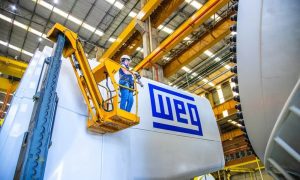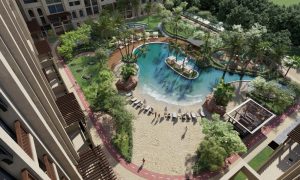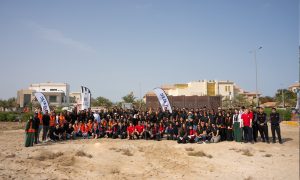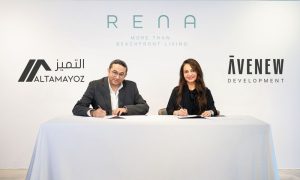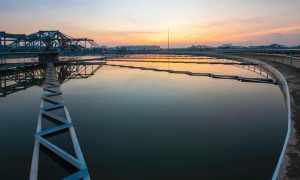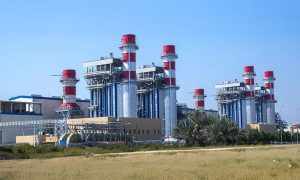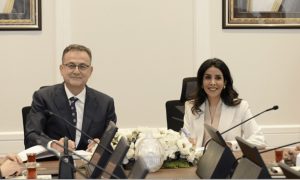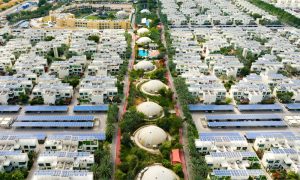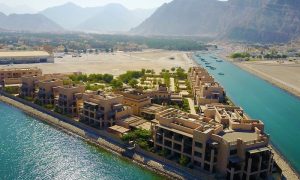Middle East on fast track to adopt multi-modal transport – expert
Dr Ziadat said public transport investment in cities such as Riyadh and Doha could have an even more transformational effect than that witnessed in Dubai

The high level of planning and investment in multi-modal transport infrastructure is enough to bring major Middle East centres close to terms with the world’s most advanced cities within 15-20 years. This is according to Dr Ghassan Ziadat, Atkins’ director of planning and infrastructure, who attended the Infrastructure Outlook conference in Riyadh, Saudi Arabia on Monday.
Dr Ziadat told delegates that clear government direction, through policy and legislation, remains essential to ensure the consistent and effective adoption of multi modal transportation and transit orientated developments (TODs) in the region’s major cities. Once the benefits of mass transit become clear, however, Dr Ziadat believes there will be a “virtuous circle” for urban design in the region.
“The level of understanding and the appetite for transit orientated design among clients in the Middle East is already on an exponential trajectory,” said Dr Ziadat. “As new public transportation, particularly metros and light rail are adopted, this enlightenment can only increase, and I firmly believe we’re going to see cars lose their prime status as the favoured method of inner-city transportation in an incredibly short timescale.”
Dr Ziadat told delegates that the effects of public transport investment in cities such as Riyadh and Doha could ultimately have an even more transformational effect than that witnessed in Dubai. But while new metros, LRTs and other public transportation projects can deliver clear and immediate benefits, the wider social and economic impacts are likely to be realised more gradually.
“The adoption of a new public transport network is a journey in itself,” said Dr Ziadat. “What we see now in Dubai is a very robust expectation that new developments need to be well integrated into the public transport network, with strong pedestrian access and an attractive public realm – otherwise they won’t be successful.
“This shows a more mature market, and it gives me confidence that we’ll see a similar impact right across the Gulf region which will see major centres playing an accelerated catch-up with the most advanced transit cities in the world, such as Hong Kong and Singapore,” he added.
When delivered successfully, an integrated multi-modal transport infrastructure supports the economy, the environment and the reputation and competitiveness of cities. However, Dr Ziadat said that perhaps the most far-reaching benefits are social. “Transit-orientated developments today promote healthy environments in which people can live, work and play. They enhance communities and encourage active lifestyles, which in turn support the virtuous circle to create a dynamic and sustainable city.”
Investment in public transportation in the Middle East over the next 10-15 years is expected to be in the hundreds of billions of Dollars. New metro and LRT systems are either planned or underway in major gulf cities including Doha, Riyadh, Makkah, Jeddah, Dammam and Abu Dhabi, while Dubai is to extend its metro systems and is launching a new tram network.
